
Support Team
Feedback:
support@nextpcb.comLight is one of the fundamental needs of life. The world is full of laminated light sources, and they vary from the soft glow of bedside lamps to the highly penetrating light of stadiums. Not all lights are the same, but their light intensity varies according to their type, power consumption, and manufacturing. Today, we are talking about the unit of measurement of the luminosity of light sources, which is lumens.
In this article, we will discuss lumens and different terms related to light sources such as Candela, radiant flux, luminosity functions, etc. Moreover, we will discuss the applications where these 100 lumens and 1500 lumens are widely used for the best working. Both of these are the brightness levels of light, but we will compare them with respect to coverage area, specialties, devices, and cost to get an idea of their comparison.
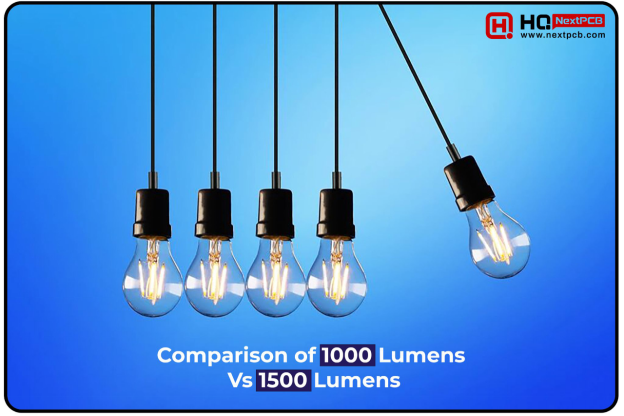
A lumen is the SI unit (International System of Units) to show the luminosity of light. This unit is used to measure the total quantity of visible light, or in short, its brightness. Hence, here is the definition of lumen:
“A lumen is the SI unit of luminous flux abbreviated as “lm” and is used to measure the total amount of visible light emitted from a light source.”
As a result, the more lumens, the greater the brightness of the light source, and vice versa. This is the reason why, at the packing of new electrical bulbs, the luminosity of the bulb is written in lumens.
The lumens and candelas are two units for the light sources, and it is easy to understand the concept of lumens and candelas. The candela is the unit for the measurement of light intensity in a particular direction. On the other hand, lumens are the unit of the overall brightness of light. The mathematical relationship between these two is given here:
1 lm = 1 cd·sr
Here,
Lm=lumen
cd=candela
sr=steradians
Here, we can take the example in mind that a sphere has 4π steradians in it; therefore, the light source that emits one candela of light in all directions has the 12.57 lm as:
1 cd × 4π sr = 4π cd⋅sr ≈ 12.57 lm
The concept of lumen is sometimes confused with radiant flux. It must be clear that the radiant flux is measuring the electromagnetic waves from the light source, but the light lumen is measuring the wavelengths according to the model luminosity. Here is the description of that model:
The luminosity function for the human eye is the measure of wavelengths the eye can bear according to its sensitivity. This is the peak function and the highest sensitivity of green light, which is the 555-nanometer wavelength. Above and below this wavelength, human eye sensitivity decreases. Usually, this function is denoted by V (λ).
This function is important because the human eye does not respond the same to all colors. Every color has a specific intensity, and human eye sensitivity is different for these intensities or color wavelengths. For instance, the human eye is more sensitive to the wavelengths of the green-yellow spectrum of the visible spectrum than the other regions. So, I hope the answer to the question, What is LM in lighting is clear to you.
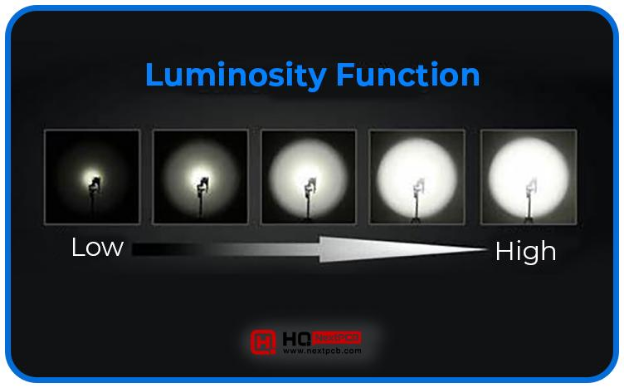
The light plays a vital role in our perception of our surroundings. The same room looks and feels different at different lumen levels of light. The designers and architects have special techniques to set the luminosity of a particular area.
The luminosity of a particular space is usually measured with the lumens meter. This device has sensors, a digital display, and these sensors. When these meters are turned on, the lumen light falling on the sensor is converted into electrical signals that pass to the digital display, and the user gets the values. It is an important tool for people dealing with light-related devices.
There are multiple ways to determine the number of lumens for the space, and some of these are given next:
One of the most important parameters to determine the number of lumens is the size of the space for which the light is required. The greater the size, the greater the light requirement, and as a result, more lumens are used. The square feet are measured to determine the lumen values, and this is done by multiplying the lengths of the space with the width. The result is then multiplied by the desired lumens, and the light source is chosen according to the needs.
Not only the size but also the type of space matter in choosing and calculating the range of lumens according to the activity. Usually, there are three levels for this:
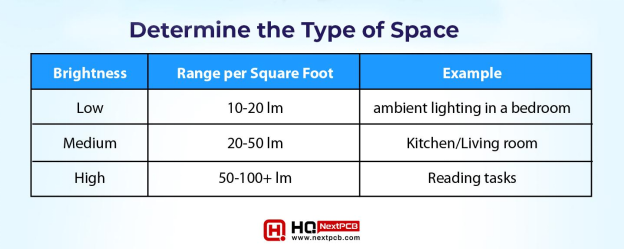
|
Brightness |
Range per Square Foot |
Example |
|
Low |
10-20 lm |
ambient lighting in a bedroom |
|
Medium |
20-50 lm |
Kitchen/Living room |
|
High |
50-100+ lm |
Reading tasks |
These are the standards, but users may choose the most suitable brightness levels according to their choice. The age group of the users and the objects placed in a particular area affect the users' choice.
Natural light is an important factor to be considered for the number of lumens in an area. As expected, this point is only valid during the day when sunlight is present, but usually, the designers keep it in mind to optimize the light all the time. The areas where more sunlight can reach require a light source with fewer lumens. This is true for places that are used only during the day, such as public libraries and offices, especially if they are not on the ground floor. Hence, such areas require fewer lumens because sunlight reaches them fairly well.
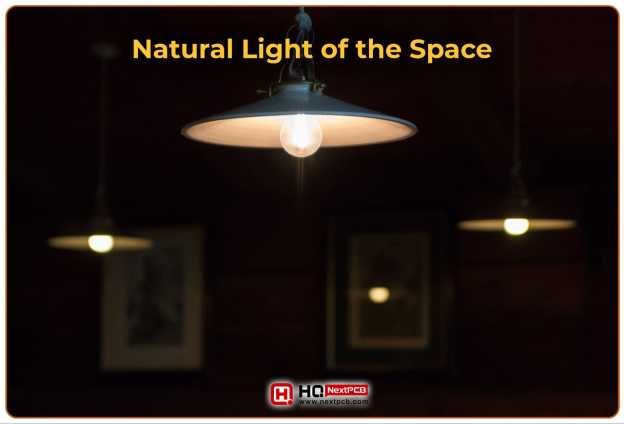
The experts control the number of lumens by dividing them among different light sources. This is useful for spaces with natural light. The layers of the lights are managed by the users according to the natural light.
Moreover, the light colors are also affected by the number of lumens. The warm and cold colors of the bulbs must be considered when dealing with the design. The light sources are used for hours, and this has an effect on eyesight and even mental health. All this is made easy with the lumens, which have detailed guides for all the related information.
The brightness of a light source is an important point to consider, and a 1500-lumens light source is quite bright. Besides calculation, the best way to know how bright is 1500 lumens is to check the light sources that work better with the 1500 lumens specifications. The light sources have sensitive components that work ideally in a particular range of lumens.
Another standard for the light source is 1000 lumens. Usually, the best way to know how bright is 1000 lumens is to check for the efficiency of the light sources using this level. Here are some of these:
The lighting products come with a specification of the number of watts they consume. The watt is a unit of the amount of power the product consumes. The relationship between these two can be understood with the following expression:
Lumens = Watts * Luminous efficacy
It can be rearranged as:
Watts = Lumens / Luminous efficacy
Here, luminosity efficiency is the measure of how efficiently the light source converts electric current to light. This varies according to the manufacturing process of the product.
So to convert 1500 lumens to watts, we simply take the example of an incandescent with a luminous efficiency of 15 lm/W The following calculations are useful:
Watts = 1500 lumens / 15 lm/W
Watts = 100 watts
Similarly, to get the results for 1000 lumens to watts, we are taking the example of a compact fluorescent lamp (CFL) that has a luminous efficiency of 50 lm/W. The following calculations will help:
Watts = 1000 lumens / 50 lm/W
Watts = 20 watts
Therefore, the conversion of the lumens into Watts becomes easy with these mathematical expressions. Usually, the user manual and packing have all the specifications and descriptions for the light sources, and these specifications vary according to the manufacturing company.
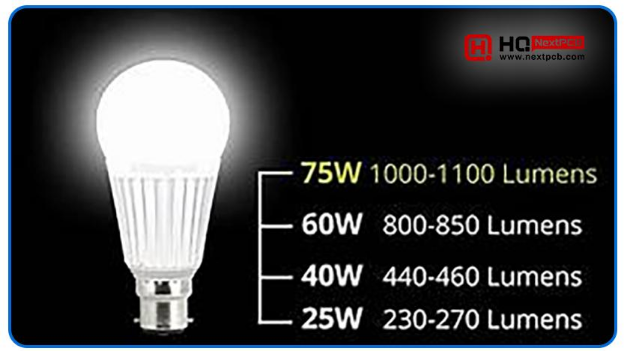
Both of these standards are used for different light sources, but we will discuss the comparison of both of them by keeping the same application in mind to make a clear choice. Here is a table for 1500 lumens vs. 1000 lumens.
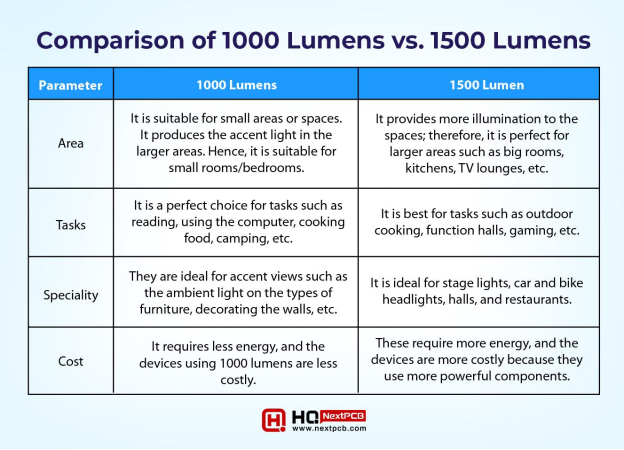
|
Parameter |
1000 Lumens |
1500 Lumen |
|
Area |
It is suitable for small areas or spaces. It produces the accent light in the larger areas. Hence, it is suitable for small rooms/bedrooms |
It provides more illumination to the spaces; therefore, it is perfect for larger areas such as big rooms, kitchens, TV lounges, etc. |
|
Tasks |
It is a perfect choice for tasks such as reading, using the computer, cooking food, camping, etc. |
It is best for tasks such as outdoor cooking, function halls, gaming, etc. |
|
Speciality |
They are ideal for accent views such as the ambient light on the types of furniture, decorating the walls, etc. |
It is ideal for stage lights, car and bike headlights, halls, and restaurants. |
|
Cost |
It requires less energy, and the devices using 1000 lumens are less costly. |
These require more energy, and the devices are more costly because they use more powerful components. |
Consequently, we have learned a lot about lumens and related terms to compare the 1000 and 1500-lumen levels. The light sources have different parameters, such as candella, watts, and luminosity, and the user has to understand them to choose the best light standard, The number of lumens in a space can be determined with the help of multiple factors such as the size and type of the space and the presence of natural lights in the space. As a result, we can say that 1500 lumens and 1000 lumens are the levels of brightness of light, and the user must choose them based on the space and tasks. For bedrooms, small areas, decorations, etc. 1000 lumens is the perfect choice, but for meeting rooms, kitchens, halls, and outdoor camping, 1500 lumens must be used. I hope this was a useful study for you, and if you have any questions, you can ask them in the comment sections.
- How to Build a DIY Flashlight Circuit?
- Free PCB Assembly Offer is Now Live
- HQ NextPCB Introduces New PCB Gerber Viewer: HQDFM Online Edition
Still, need help? Contact Us: support@nextpcb.com
Need a PCB or PCBA quote? Quote now